Modern glass railings in residential buildings
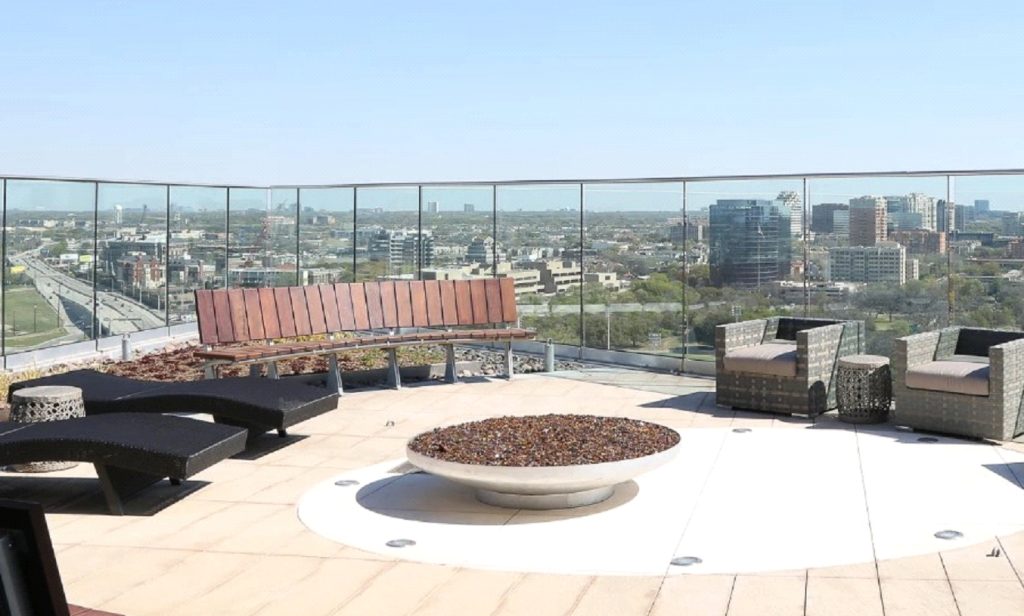
In contemporary residential construction in Serbia, glass railings have become the standard for luxury and premium projects. Architects and investors choose them not only for their aesthetics but also for the functional advantages they offer. Their minimalist design, light permeability, and unobstructed views make them an ideal choice for terraces, loggias, French balconies, and common areas in residential developments.
Types of glass railing systems that are in demand on the market in Serbia and the region
Glass railings without supports and posts (frameless systems) – the cleanest lines and a completely transparent look. The glass is fixed into aluminum channels in the floor or laterally, without vertical posts. Suitable for projects where a panoramic view is a priority. Frameless glass railings are used for rooftop terraces, poolside fences, hotel balconies, luxury houses and villas, interior and exterior staircases, as well as commercial and business buildings.
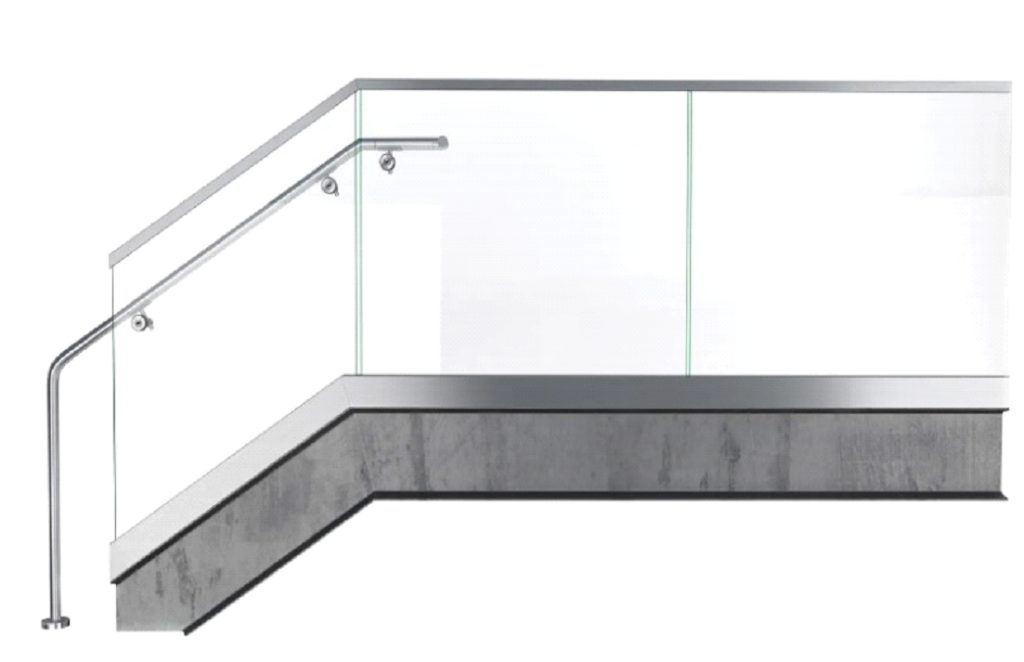
Self-supporting glass railings without visible posts, with glass panels installed directly into the floor profile or channels. This railing system provides maximum transparency. Side mounts are used when top installation is not possible, with the glass panels discreetly fixed from the side.
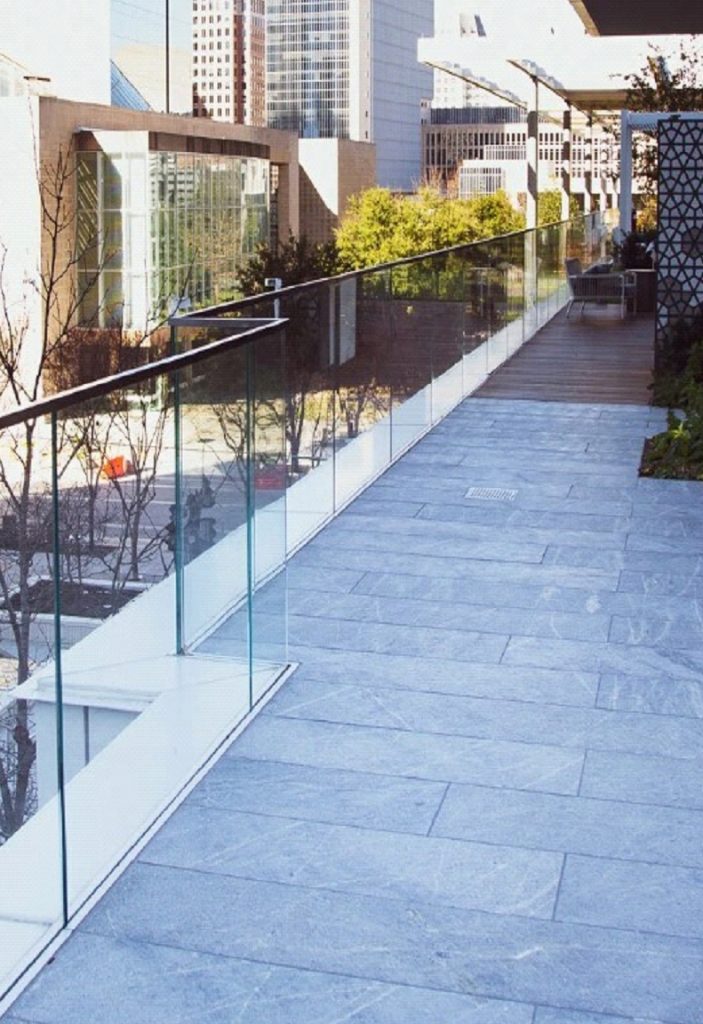
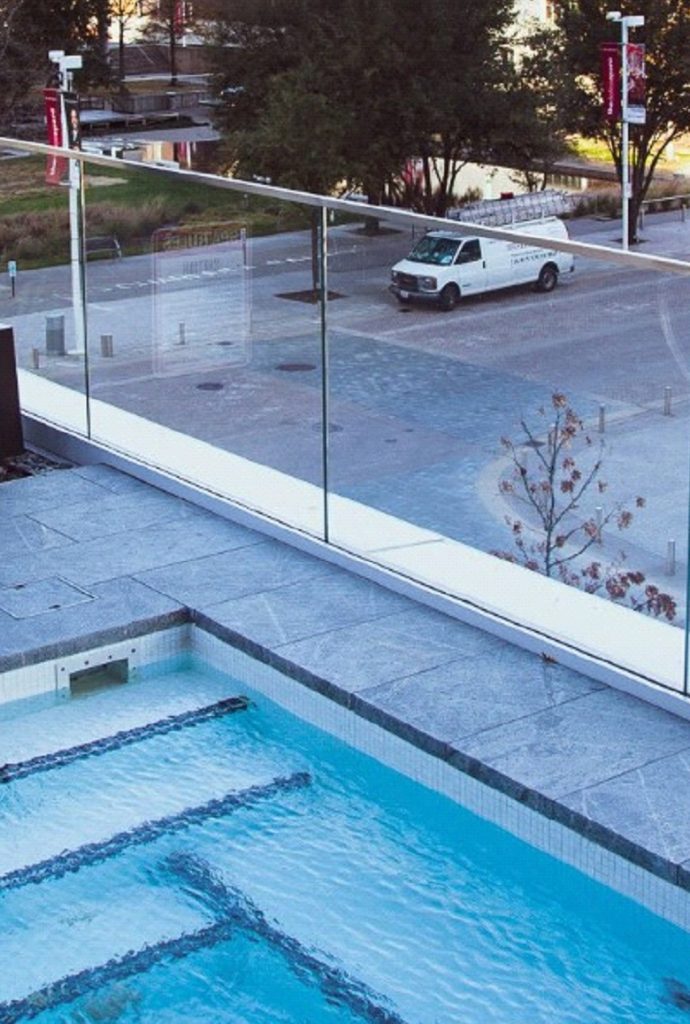
A frameless railing with a top handrail is an optional variant – by adding a handrail on top of the glass, additional safety and stability of the railing are achieved. They are available in stainless steel and aluminum versions.
Glass railings with metal point-fixings (point-fixed) – metal point fixings (spiders) hold the glass and are used for staircases. One of the most elegant solutions increasingly chosen by architects and investors. They allow the glass to be secured at several precisely positioned points, without continuous profiles or frames, creating a visually light and modern look.
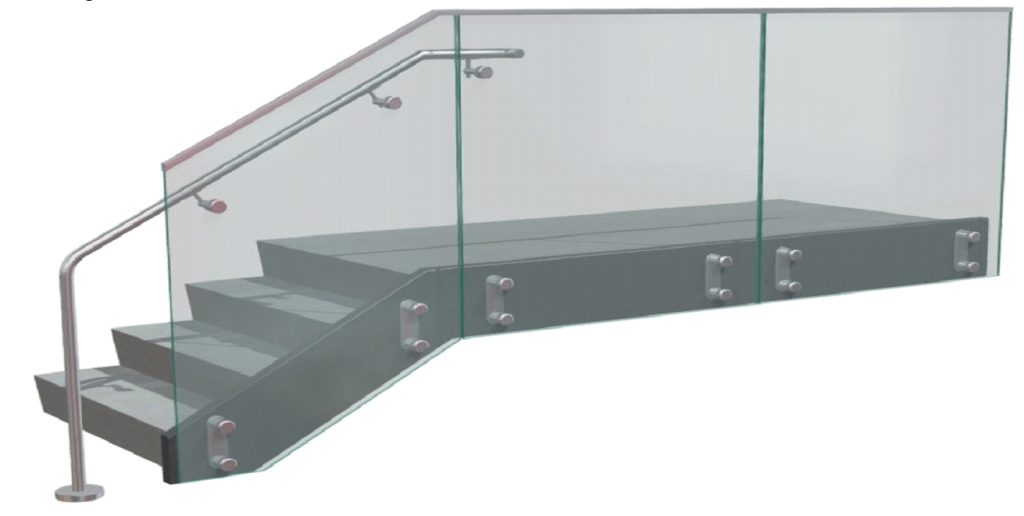
Point fixings require precise drilling and preparation of the glass panels, which is done in the factory. On-site, the fixings are attached to the concrete or steel structure, and the glass is mounted using rubber spacers and protective rings to prevent stress.

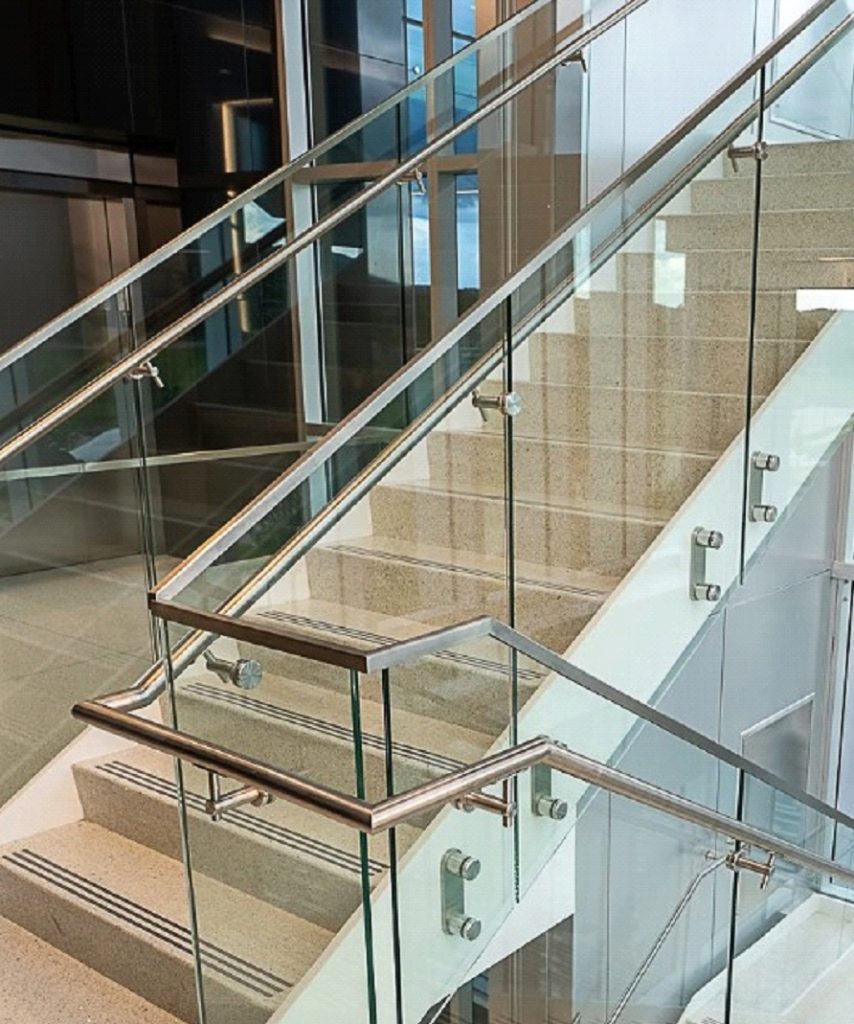
Glass railings with posts and a handrail – a classic and more cost-effective solution. The glass can be combined with aluminum or steel handrails. This is the most common type of glass railing found on terraces, balconies, and staircases in modern residential buildings.
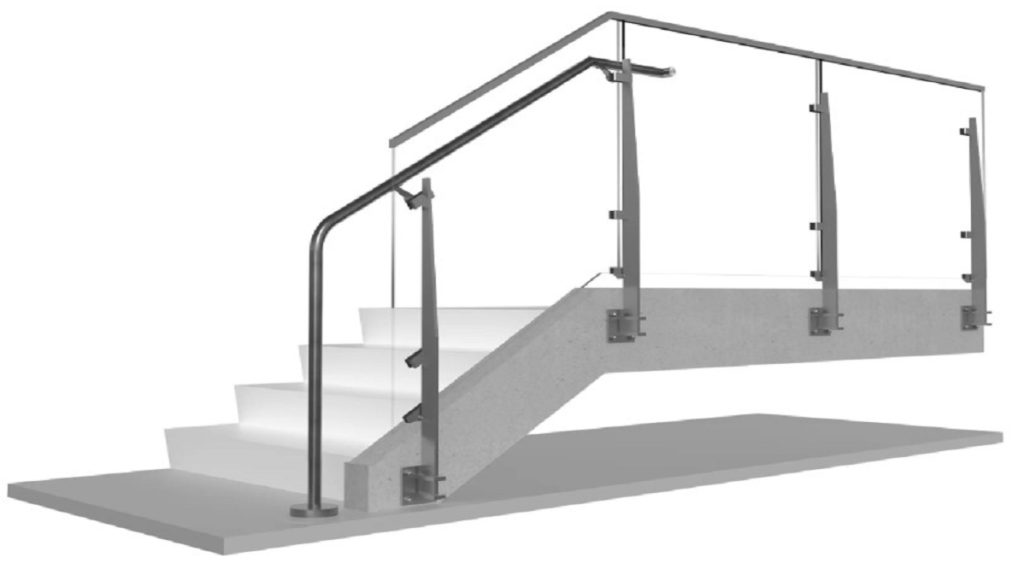
The system consists of vertical posts that support glass panels, while a handrail, made of aluminum or stainless steel, can be placed on top. The design and style of the posts can vary, ranging from rounded to square lines.
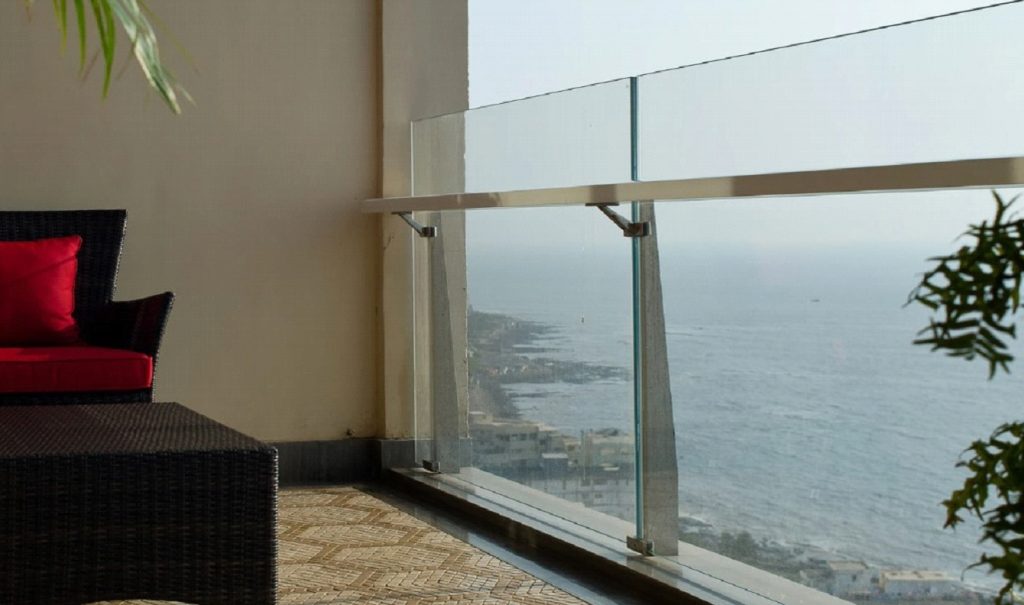
Glass railings with a spigot support system
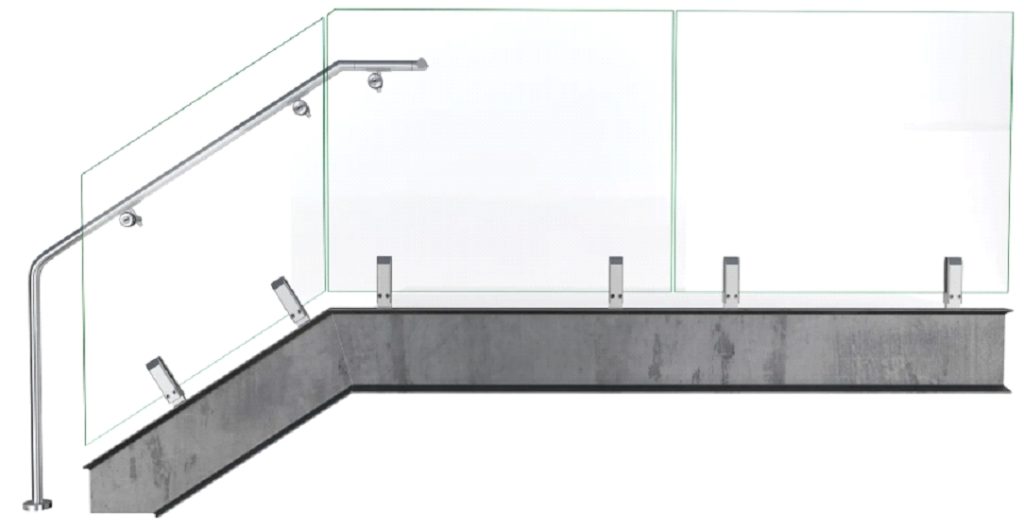
Spigot supports are usually made of stainless steel or aluminum with a protective coating; they are resistant to corrosion and weather conditions. Each glass panel is held in place by two or more spigot supports, fastened with mechanical anchors to a concrete or steel structure.
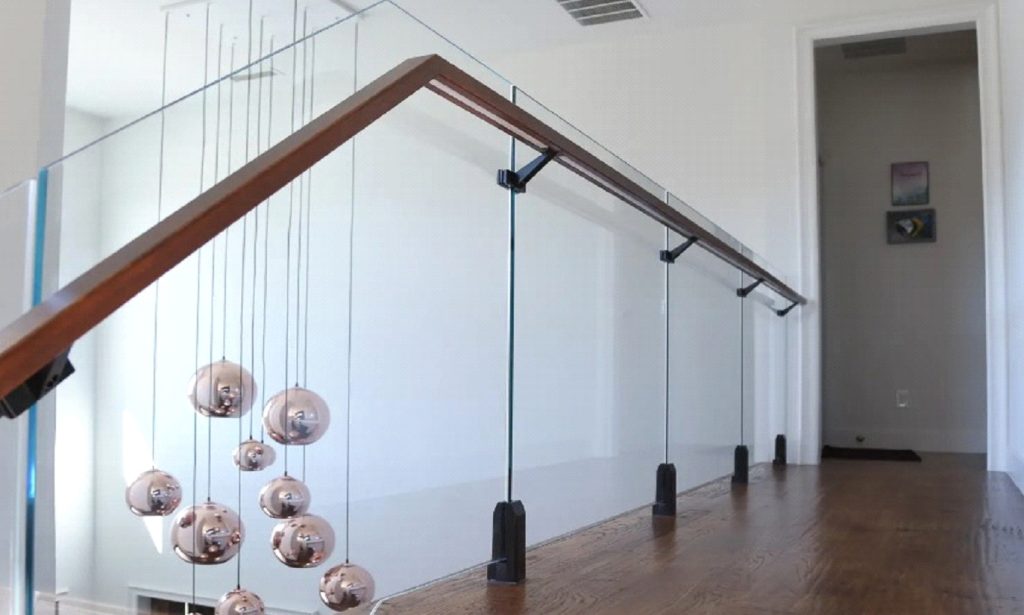
Advantages of glass railings
- Aesthetics – elegant, modern lines that complement any architectural style.
- Unobstructed view – maximizes natural light and creates a visual connection between the exterior and interior.
- Durability and strength – tempered or laminated glass combined with high-quality aluminum profiles ensures a long lifespan.
- Easy maintenance – surfaces are simple to clean, and the materials are weather-resistant.
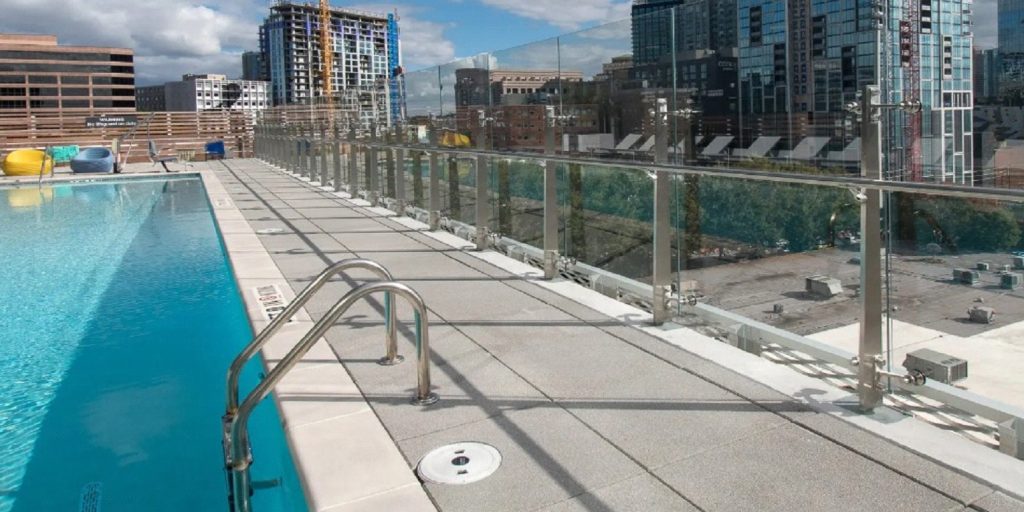
The installation of glass railings depends on the type of system and the complexity of the project. In residential construction, tempered-laminated glass is most commonly used, as it combines impact resistance with safety—if broken, the glass does not shatter into sharp pieces but remains bonded to the interlayer film. Proper preparation and precise measurements are crucial to avoid later adjustments, which significantly reduces on-site time. These are the typical steps in the installation process of glass railings on projects:
- Consultation and design – defining the architectural concept and selecting the materials and type of railing.
- Technical drawings and details – our company prepares precise technical drawings and 3D renderings for approval and for sending documentation for fabrication.
- Production – manufacturing the profiles and cutting the glass to size, with quality control.
- Transportation – safe packaging and delivery of all components to the construction site.
- Installation – professional on-site installation, with final checks for stability and quality.
Our systems meet the highest standards of aesthetics, safety, and durability, making them the ideal choice for investors and architects seeking a long-lasting, high-quality solution. Metals-Weld provides complete support, from the initial concept to final installation—contact us for consultation and technical assistance.
